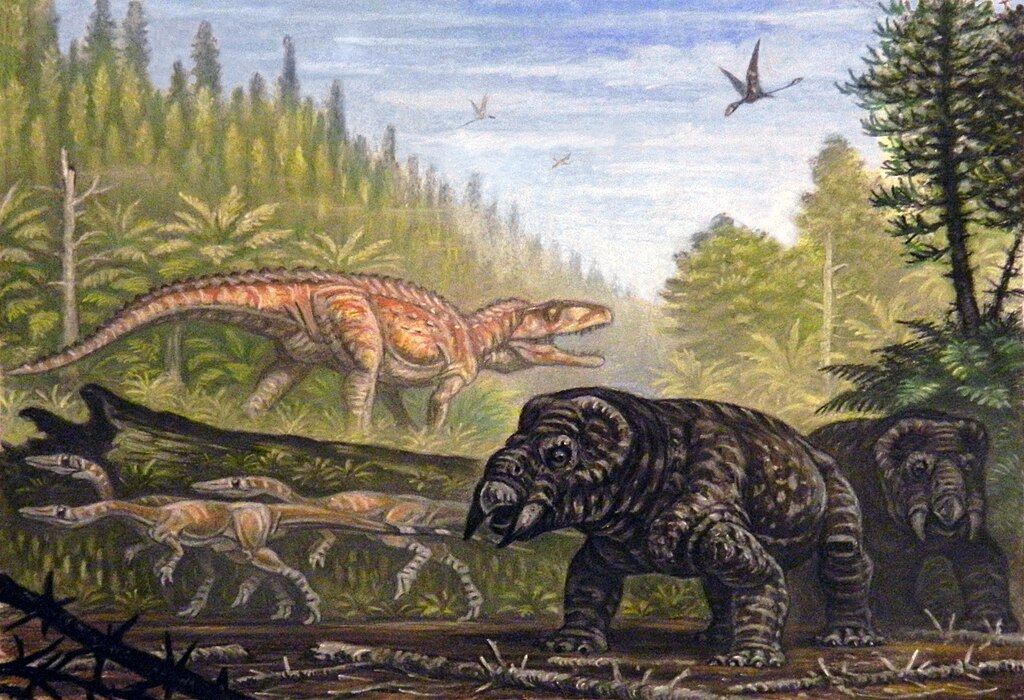Imagine standing at the edge of a massive scar on Earth’s surface, stretching so far that you can’t see the other side. These aren’t just holes in the ground – they’re windows into our planet’s most violent past, each one telling a story of cosmic catastrophe that shaped the world we know today. Every impact crater on our planet is a testament to the universe’s raw power, and the five largest ones reveal secrets that have taken scientists decades to uncover.
The Vredefort Impact Structure: South Africa’s Ancient Giant
The Vredefort Impact Structure in South Africa holds the record as Earth’s largest confirmed impact crater, stretching an incredible 190 miles across. This colossal scar was created approximately 2 billion years ago when an asteroid estimated to be 6-9 miles wide slammed into our planet with unimaginable force. The impact was so powerful that it created shock waves that traveled deep into the Earth’s crust, transforming the very rocks beneath.
What makes Vredefort particularly fascinating is how time has both hidden and revealed its secrets. Erosion has worn away much of the original crater rim, but it has also exposed the deep structural deformation that occurred during the impact. The center of the crater, known as the Vredefort Dome, shows us rocks that were once buried miles beneath the surface, now thrust upward like a geological time capsule.
Scientists studying Vredefort have discovered that the impact occurred during a critical period in Earth’s history when the atmosphere contained very little oxygen. This ancient catastrophe might have actually helped shape the conditions that would eventually allow complex life to flourish on our planet.
The Sudbury Basin: Canada’s Nickel-Rich Mystery
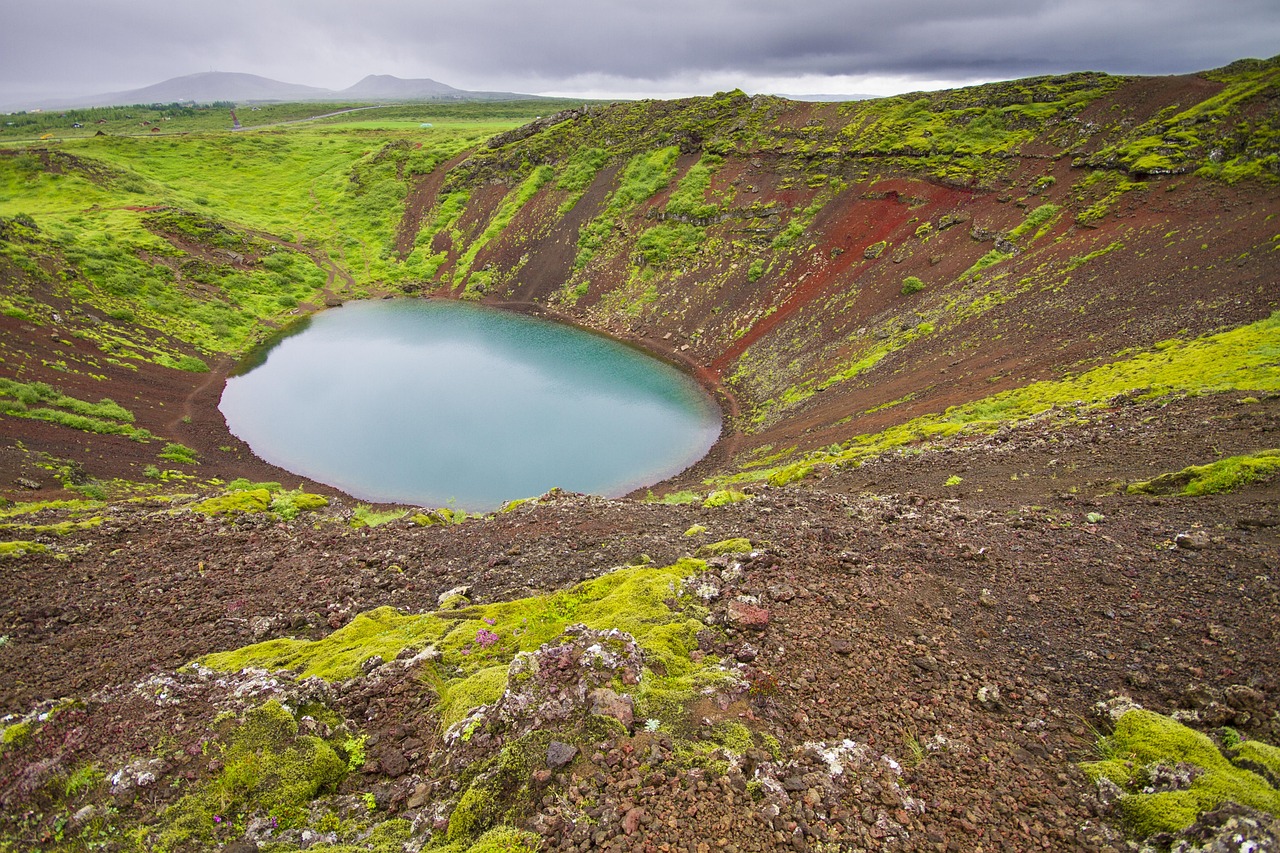
The Sudbury Basin in Ontario, Canada, ranks as the second-largest impact structure on Earth, measuring approximately 130 miles across. This 1.85-billion-year-old crater has become one of the most economically important geological formations on the planet, producing more nickel than any other single location. The impact that created Sudbury was so intense that it melted massive amounts of rock, creating the perfect conditions for valuable metals to concentrate.
The asteroid that struck Sudbury was likely around 6 miles in diameter, traveling at speeds of up to 45 miles per second. The collision generated temperatures exceeding 3,000 degrees Fahrenheit, hot enough to melt granite like butter. This extreme heat and pressure created unique rock formations that continue to fascinate geologists today.
What’s truly remarkable about Sudbury is how it transformed from a site of destruction into a source of prosperity. The same geological processes that created this massive crater also concentrated precious metals like nickel, copper, and platinum, making it one of the world’s most valuable mining regions. It’s a perfect example of how catastrophic events can create unexpected opportunities millions of years later.
Chicxulub: The Dinosaur Killer’s Smoking Gun
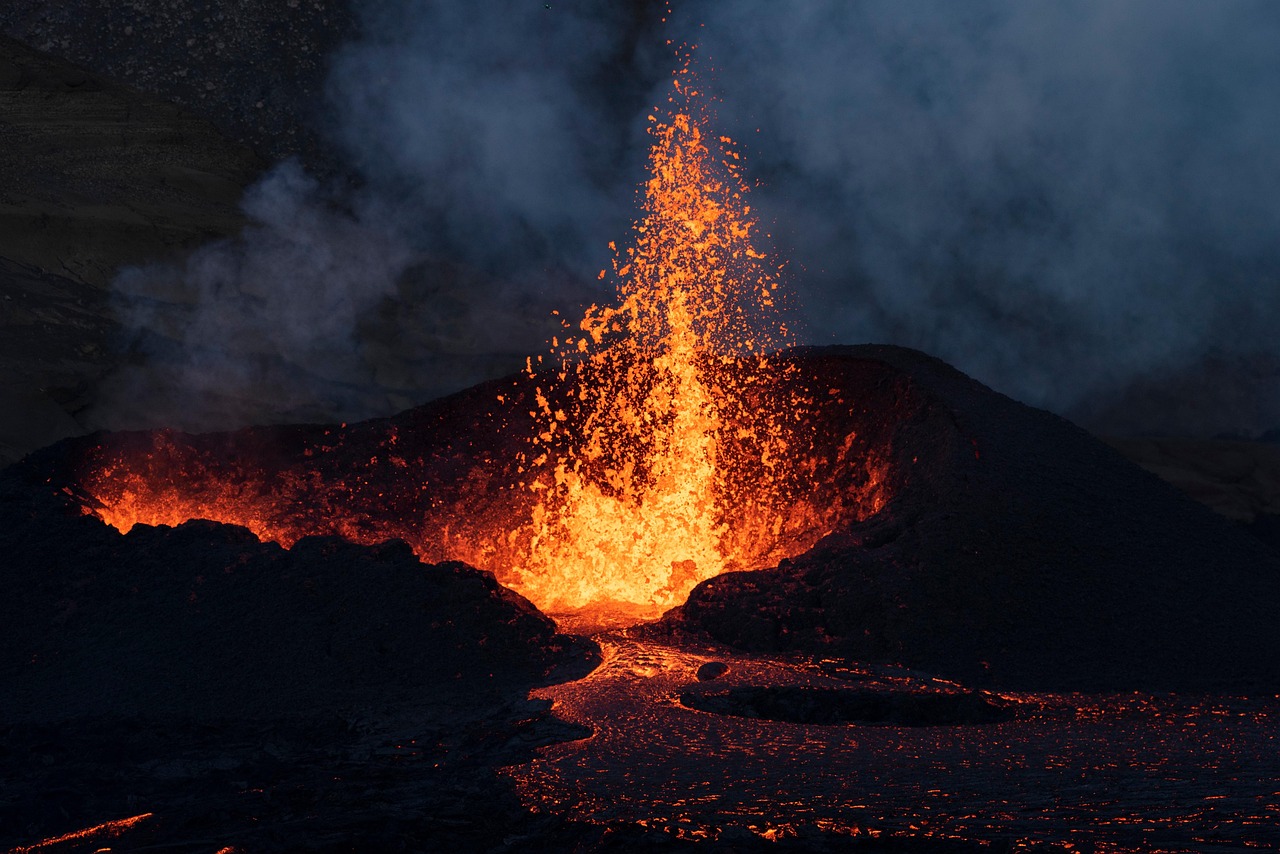
The Chicxulub crater in Mexico’s Yucatan Peninsula might be “only” 93 miles across, but its impact on Earth’s history is immeasurable. This 66-million-year-old crater is widely believed to be the smoking gun that ended the reign of the dinosaurs, marking one of the most dramatic turning points in our planet’s biological history. The asteroid that created Chicxulub was roughly 6 miles wide and struck with the force of billions of atomic bombs.
The impact didn’t just create a crater – it triggered a global catastrophe that changed the course of life on Earth. The collision threw massive amounts of debris into the atmosphere, blocking out sunlight for months and causing global temperatures to plummet. This “impact winter” devastated ecosystems worldwide, leading to the extinction of roughly 75% of all species on the planet.
Recent drilling projects at Chicxulub have revealed incredible details about what happened in the minutes and hours following the impact. Scientists have discovered evidence of massive tsunamis, global wildfires, and acid rain that would have made the Earth’s surface virtually uninhabitable for many forms of life. Yet this same event opened up ecological niches that allowed mammals – including our own ancestors – to eventually flourish.
The Manicouagan Crater: Quebec’s Frozen Time Capsule
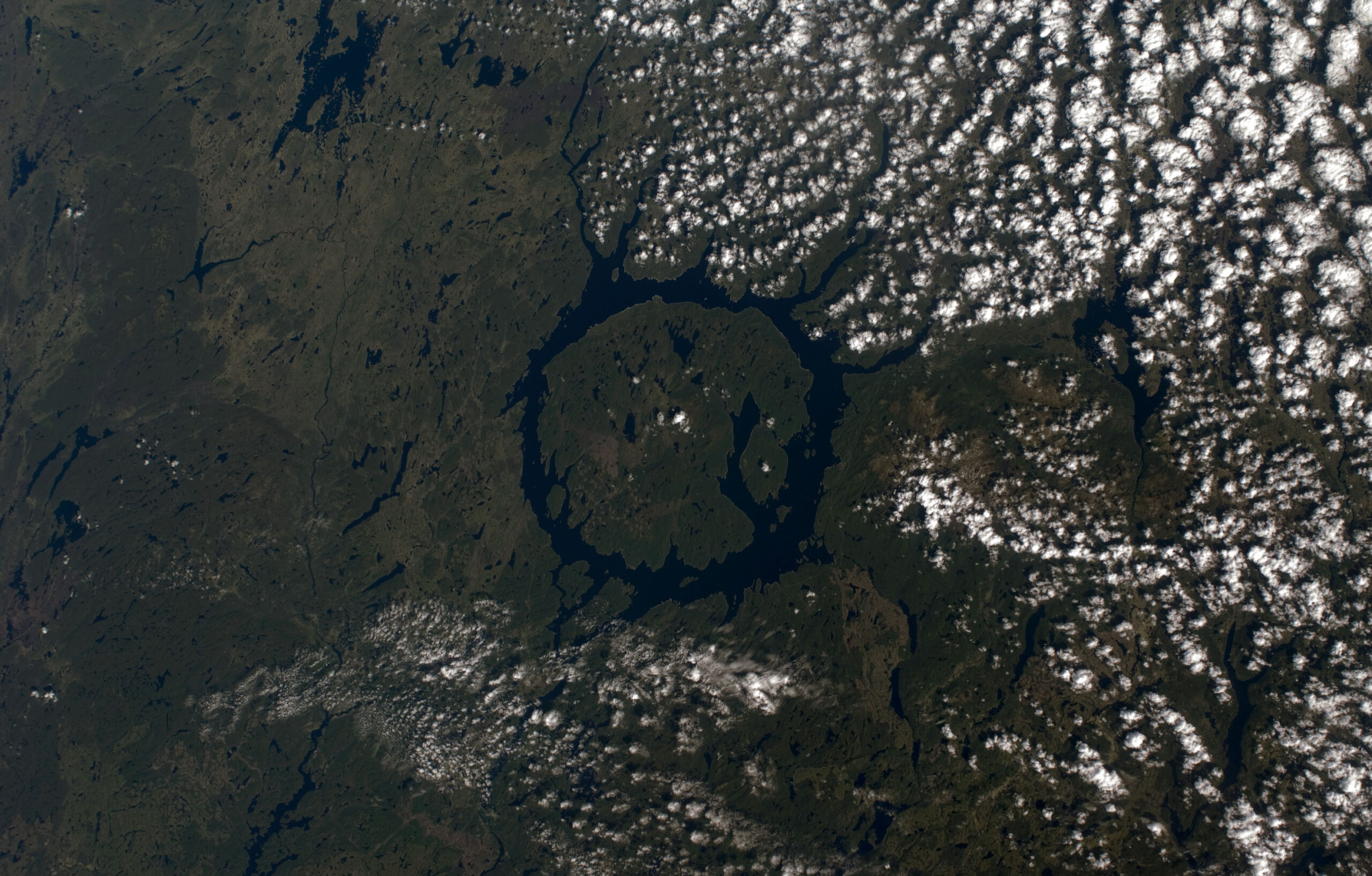
The Manicouagan crater in Quebec, Canada, presents one of the most visually striking impact structures on Earth, with its distinctive ring-shaped lake clearly visible even from space. This 214-million-year-old crater measures about 62 miles across and was created by an asteroid roughly 3 miles in diameter. The impact occurred during the late Triassic period, a time when dinosaurs were just beginning to dominate terrestrial ecosystems.
What makes Manicouagan particularly special is its exceptional preservation. Unlike many ancient craters that have been eroded or buried over time, Manicouagan’s structure remains remarkably intact. The crater’s central uplift and ring-shaped reservoir created by modern dam construction make it one of the most photogenic impact sites on the planet.
The timing of the Manicouagan impact is intriguing because it coincided with a significant extinction event that affected many marine species. Some scientists have suggested that this impact, along with several others that occurred around the same time, may have contributed to the end-Triassic extinction event. However, the relationship between these impacts and the extinction remains a subject of ongoing scientific debate.
The Popigai Crater: Siberia’s Diamond Factory
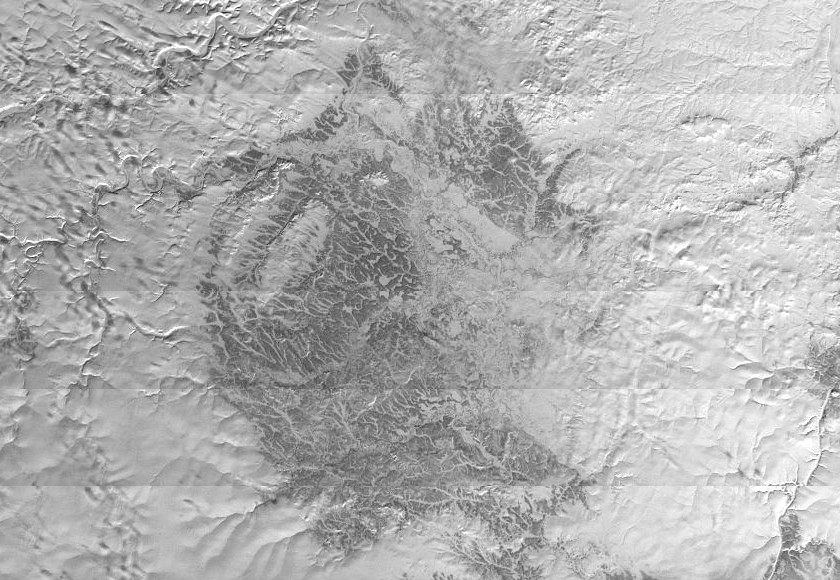
Hidden beneath the forests of northern Siberia lies the Popigai crater, a 60-mile-wide impact structure that holds one of the most surprising secrets in geology. This 35-million-year-old crater was created when a massive asteroid struck a region rich in graphite deposits, and the extreme pressure and temperature of the impact transformed that graphite into diamonds – trillions of them.
The Popigai crater contains an estimated 1,000 times more diamonds than all other known diamond deposits on Earth combined. These aren’t the gem-quality diamonds you’d find in jewelry stores, but industrial diamonds that are incredibly hard and useful for cutting tools and other applications. The Soviet Union actually kept the discovery of these diamonds secret for decades, fearing it would crash the global diamond market.
The formation of diamonds at Popigai demonstrates the incredible forces involved in large asteroid impacts. The pressure generated by the collision was thousands of times greater than what’s found in the deepest mines, creating conditions that nature normally reserves for the deep interior of planets. It’s a reminder that impact events can create entirely new types of geological formations that wouldn’t exist otherwise.
Reading the Geological Record: How Scientists Identify Impact Craters
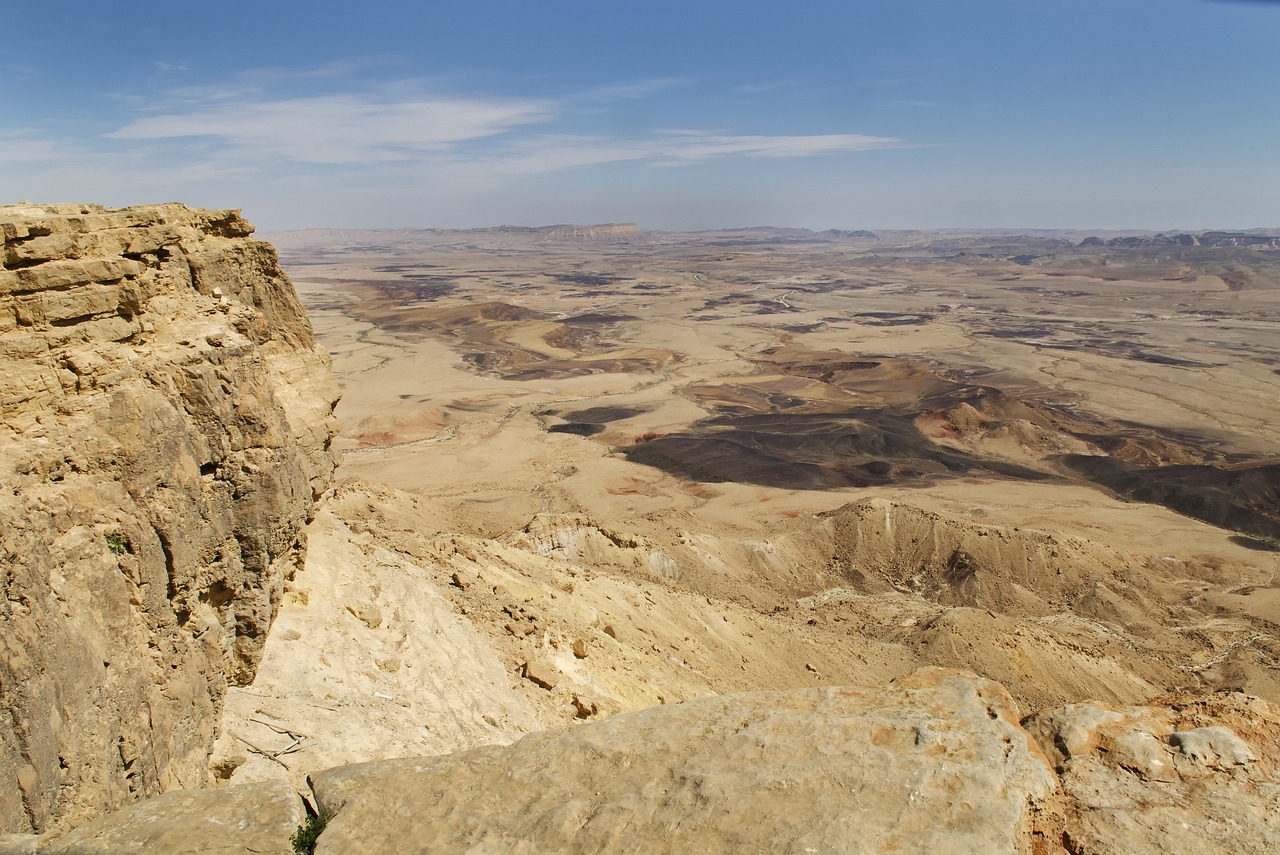
Identifying ancient impact craters requires detective work that would make Sherlock Holmes proud. Scientists look for specific geological fingerprints that can only be created by the extreme conditions of an asteroid impact. These include shocked quartz crystals, which form unique microscopic patterns when subjected to pressures far beyond what normal geological processes can produce.
Another telltale sign is the presence of shatter cones – cone-shaped rock formations that point toward the center of an impact. These structures form when shock waves from an impact fracture rocks in distinctive patterns that can’t be created by volcanic activity or other geological processes. Finding shatter cones is like discovering a geological smoking gun that proves an impact occurred.
Scientists also search for unusual concentrations of elements that are rare on Earth but common in asteroids, such as iridium and platinum. These “extraterrestrial” signatures help confirm that a crater was indeed formed by an impact from space rather than by terrestrial processes like volcanic explosions or underground collapses.
The Physics of Planetary Violence: Understanding Impact Mechanics
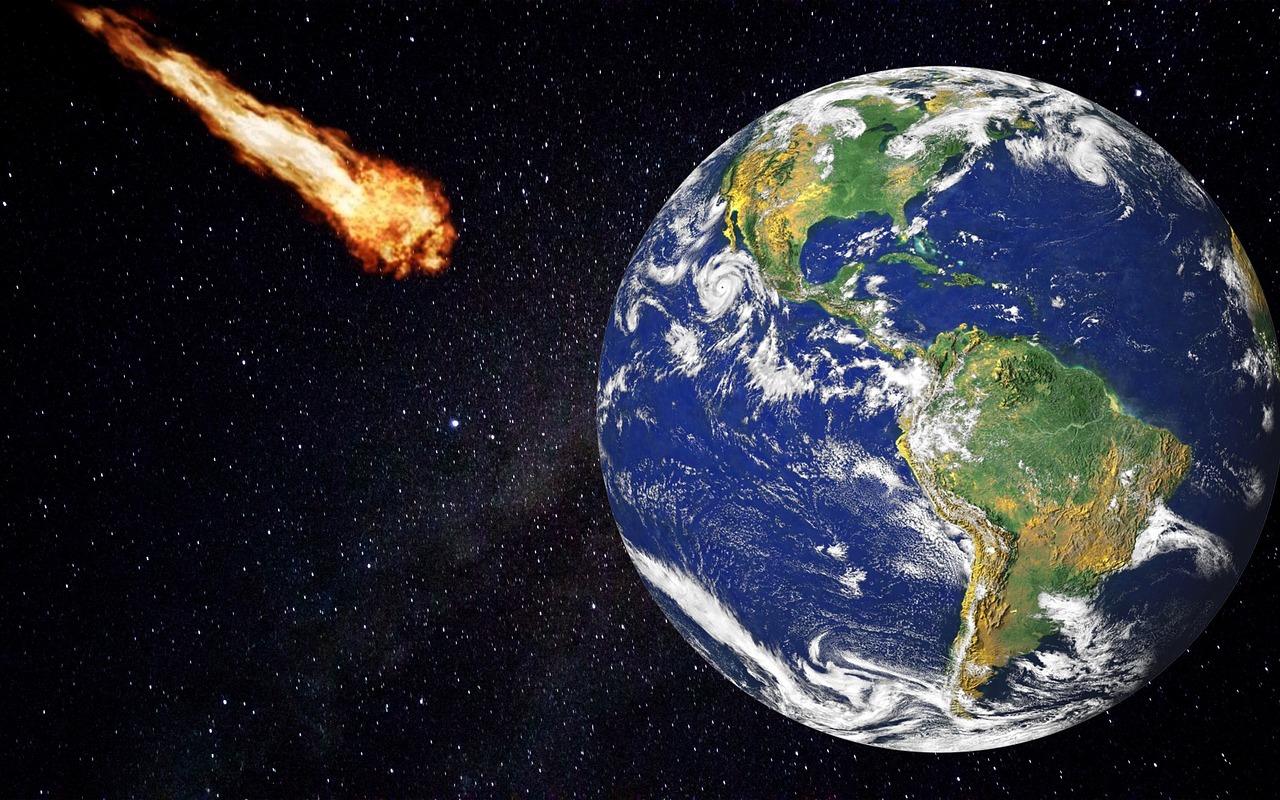
When an asteroid strikes Earth, it doesn’t just punch a hole in the ground – it unleashes a complex sequence of physical processes that reshape the landscape in seconds. The initial impact creates a shock wave that travels through both the asteroid and the Earth’s crust at speeds of several miles per second. This shock wave is so powerful that it can turn solid rock into a liquid-like substance that flows and rebounds like a drop of water hitting a pond.
The energy released during a large impact is almost incomprehensible. The asteroid that created the Vredefort crater, for example, released energy equivalent to billions of times the power of all the nuclear weapons ever built. This energy doesn’t just disappear – it gets converted into heat, pressure waves, and kinetic energy that can be detected thousands of miles away from the impact site.
Perhaps most remarkably, large impacts can actually cause the Earth’s crust to behave like a liquid for brief periods. The ground literally bounces back after being compressed, creating the central peaks and ring structures that characterize many large craters. Understanding these processes helps scientists not only interpret Earth’s geological history but also predict what might happen if another large asteroid were to strike our planet.
Climate Catastrophes: How Impacts Changed Earth’s Atmosphere
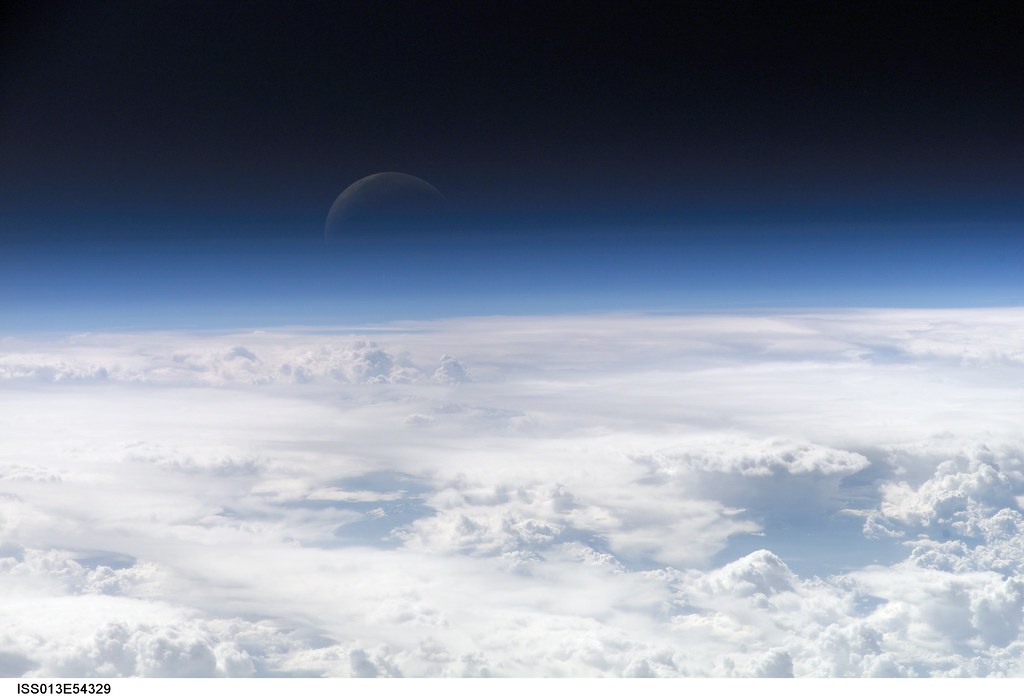
Large asteroid impacts don’t just scar the landscape – they can fundamentally alter Earth’s climate and atmosphere in ways that affect the entire planet. When a massive asteroid strikes, it vaporizes enormous amounts of rock and ejects debris high into the atmosphere, where it can circulate globally for months or even years. This debris acts like a giant sunshade, blocking solar radiation and causing global temperatures to drop dramatically.
The Chicxulub impact, for instance, likely caused global temperatures to plummet by as much as 50 degrees Fahrenheit in some regions. The impact also generated massive amounts of sulfur dioxide and other gases that would have created acid rain capable of dissolving the shells of marine organisms and poisoning freshwater systems worldwide.
But impacts can also have warming effects over longer timescales. The energy from an impact can trigger massive volcanic eruptions that release greenhouse gases, and the heat generated by the impact itself can cause widespread wildfires that pump carbon dioxide into the atmosphere. These competing effects make understanding the long-term climate consequences of impacts incredibly complex and fascinating.
Biological Consequences: Life’s Response to Cosmic Catastrophe
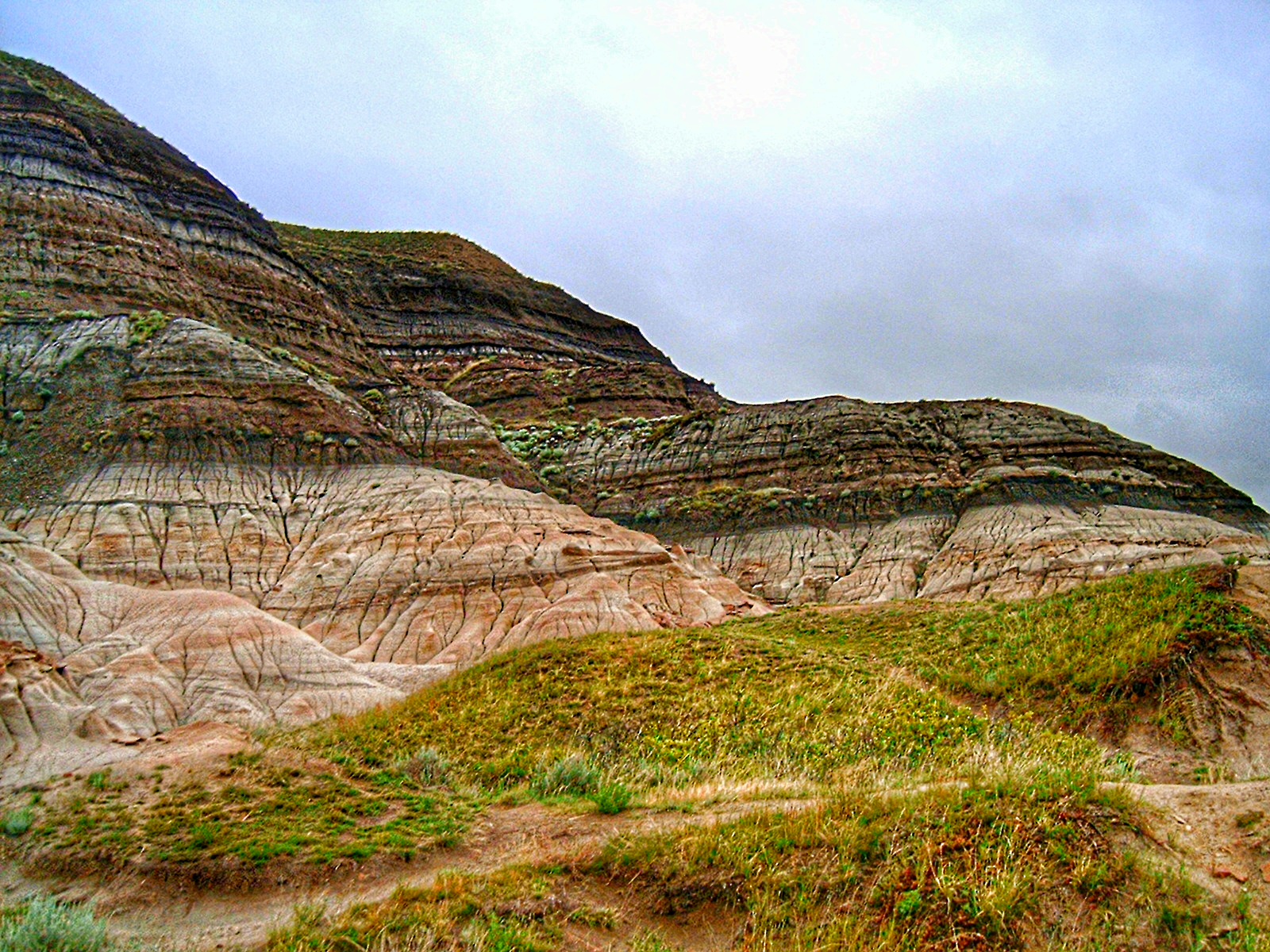
The biological effects of large asteroid impacts extend far beyond the immediate devastation at the impact site. These events can trigger mass extinctions that reshape the entire tree of life on Earth, eliminating dominant species and creating opportunities for new forms of life to evolve and diversify. The end-Cretaceous extinction that eliminated the dinosaurs is just one example of how impacts can redirect the course of evolution.
Interestingly, some life forms actually benefit from impact events. The environmental stress caused by impacts can accelerate evolutionary processes, leading to rapid diversification among surviving species. The mammals that inherited the Earth after the dinosaurs’ extinction, for example, evolved into an incredible variety of forms in the geological blink of an eye.
Recent research has also revealed that some microorganisms can actually survive the extreme conditions created by asteroid impacts. These hardy survivors, found in impact glass and shocked rocks, provide clues about how life might persist during even the most catastrophic events. Their existence suggests that while impacts can be devastating, they rarely eliminate all life – instead, they serve as reset buttons that allow evolution to explore new possibilities.
Economic Treasures: The Unexpected Wealth of Impact Sites
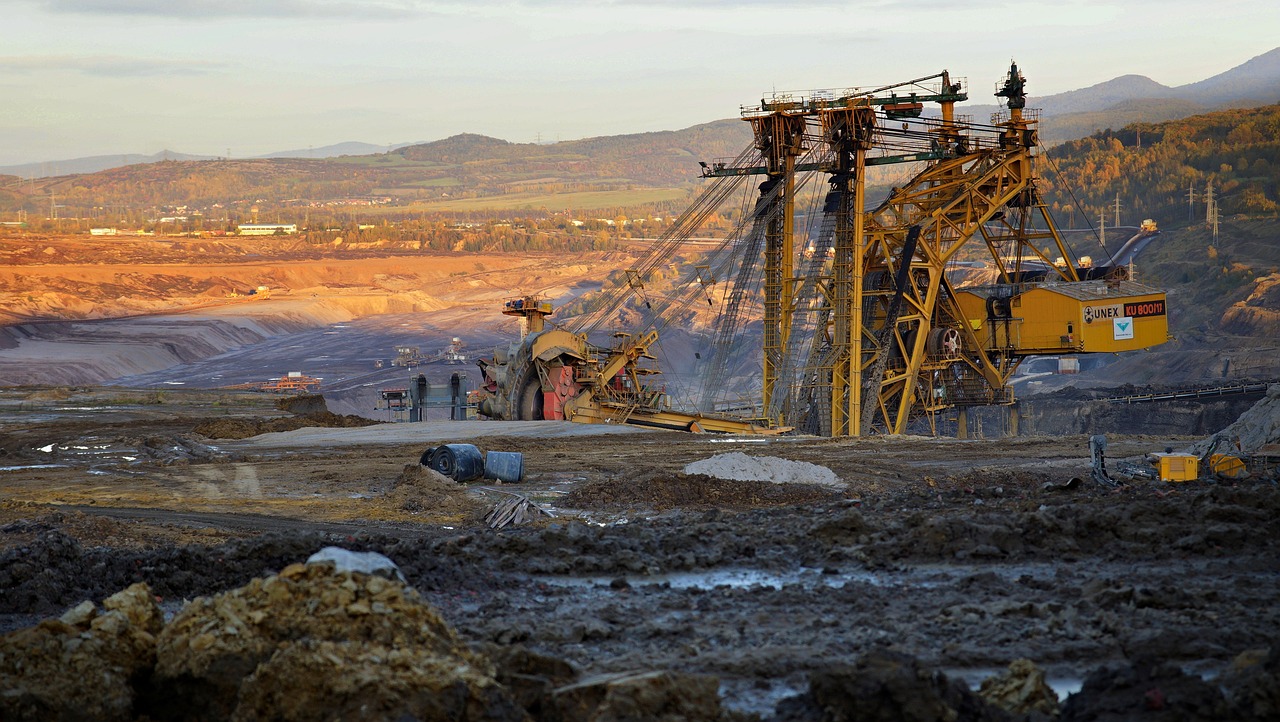
Many of the world’s largest impact craters have become economically important regions, producing valuable minerals and resources that might never have formed without the extreme conditions created by asteroid impacts. The Sudbury Basin alone has produced more nickel than any other location on Earth, making it one of the most economically significant geological formations on the planet.
The Vredefort crater has yielded substantial amounts of gold, while the Popigai crater contains more diamonds than all other known deposits combined. These concentrations occur because impacts can bring deep-seated materials to the surface, concentrate metals through shock metamorphism, and create unique geological conditions that don’t exist anywhere else on Earth.
The economic value of impact sites extends beyond just mining. These locations have become important centers for scientific research, education, and tourism. The unique geological features and dramatic histories of these sites attract researchers from around the world, contributing to local economies and advancing our understanding of planetary processes.
Modern Detection Methods: Space-Age Tools for Ancient Mysteries
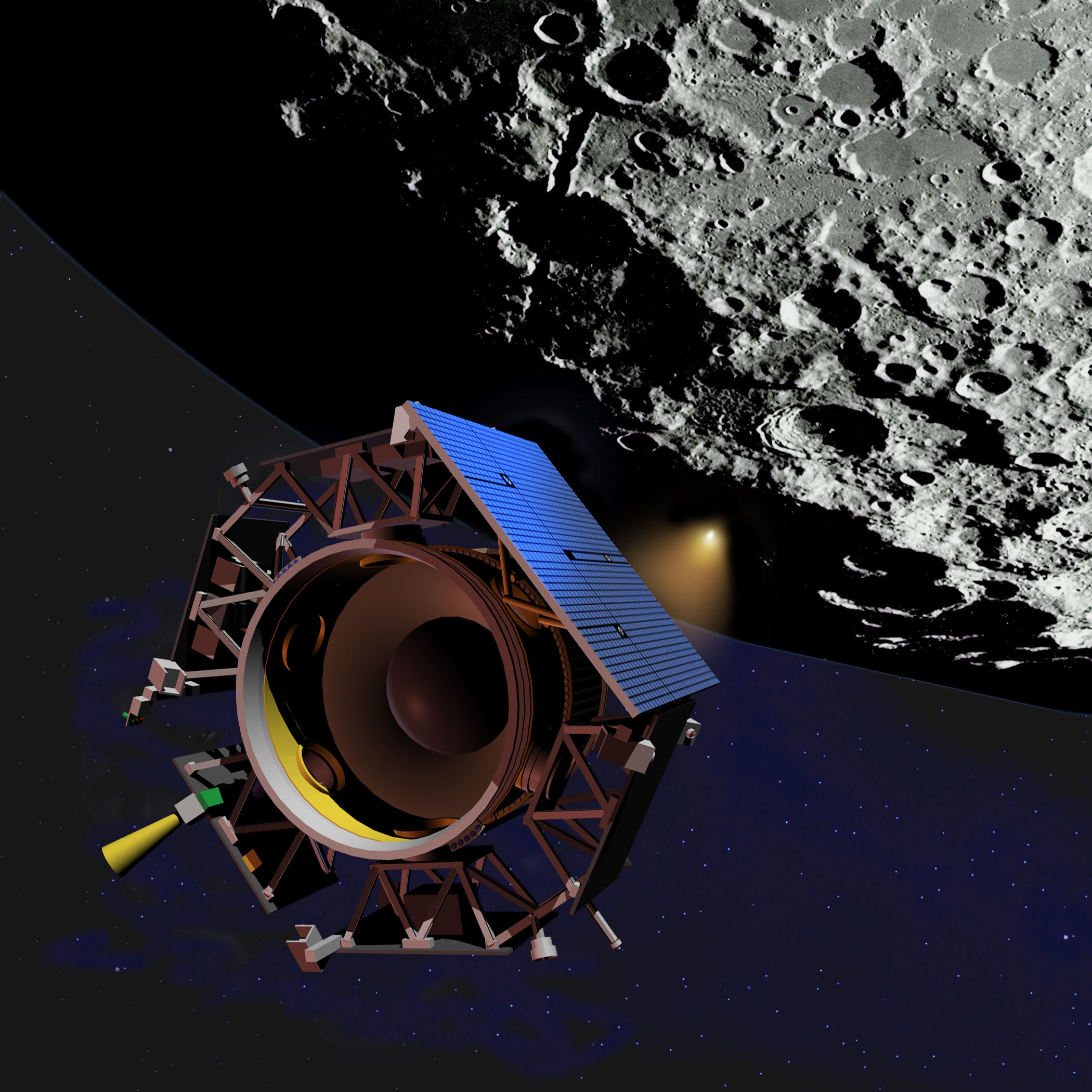
Today’s scientists have access to an incredible array of tools for studying impact craters, from satellite imagery that can reveal subtle geological features to sophisticated laboratory techniques that can analyze shocked minerals at the atomic level. Gravity surveys can detect the dense rock formations created by impacts, while magnetic surveys can identify the disrupted magnetic signatures that impacts leave in rocks.
One of the most powerful modern tools is shock barometry – the ability to measure the exact pressure conditions that rocks experienced during an impact. By analyzing the microscopic changes in mineral structures, scientists can determine not only that an impact occurred but also estimate the size and speed of the impacting asteroid.
Computer modeling has also revolutionized impact crater research. Scientists can now simulate asteroid impacts with incredible detail, predicting everything from the initial shock wave propagation to the long-term geological consequences. These models help researchers understand not only what happened during past impacts but also what might occur if another large asteroid were to strike Earth.
The Ongoing Search: Hidden Craters Waiting to Be Discovered
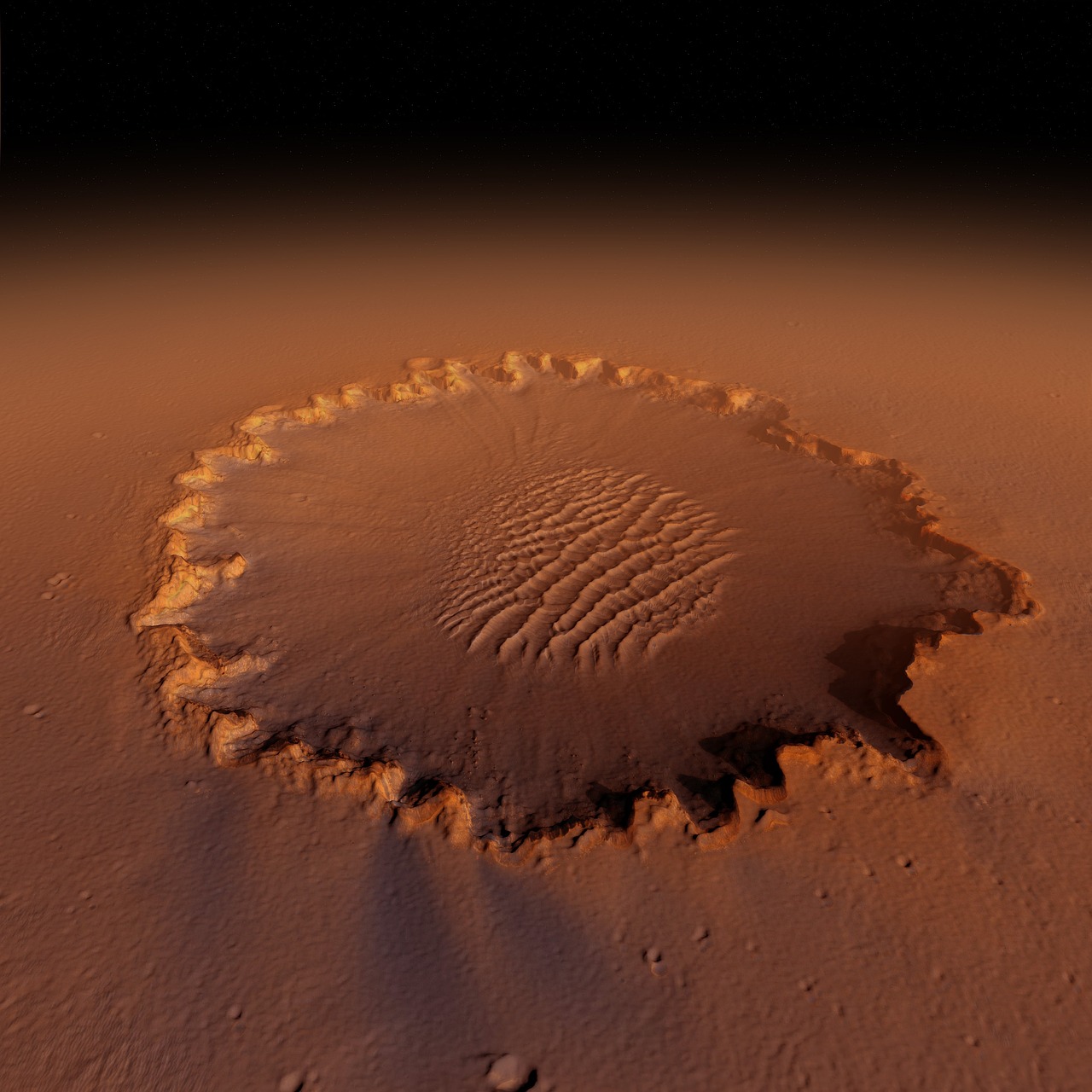
Despite decades of research, scientists believe that many large impact craters remain undiscovered, hidden beneath layers of sediment, eroded beyond recognition, or buried beneath ice sheets and ocean floors. The search for these hidden craters continues to yield surprising discoveries, with new impact structures being identified regularly as technology improves and exploration extends to previously inaccessible regions.
Some of the most promising locations for finding new craters are beneath the world’s oceans, where impacts would have been preserved from the erosion that has destroyed many terrestrial craters. Recent marine surveys have identified several potential underwater impact sites, though proving their origin remains challenging due to the difficulty of accessing and studying the deep ocean floor.
The search for impact craters has also extended beyond Earth, with planetary scientists studying impact structures on other planets and moons to better understand how these processes work throughout the solar system. This comparative approach helps researchers recognize the signatures of impacts and understand how different planetary environments affect crater formation and preservation.
Future Implications: What Ancient Impacts Teach Us About Tomorrow
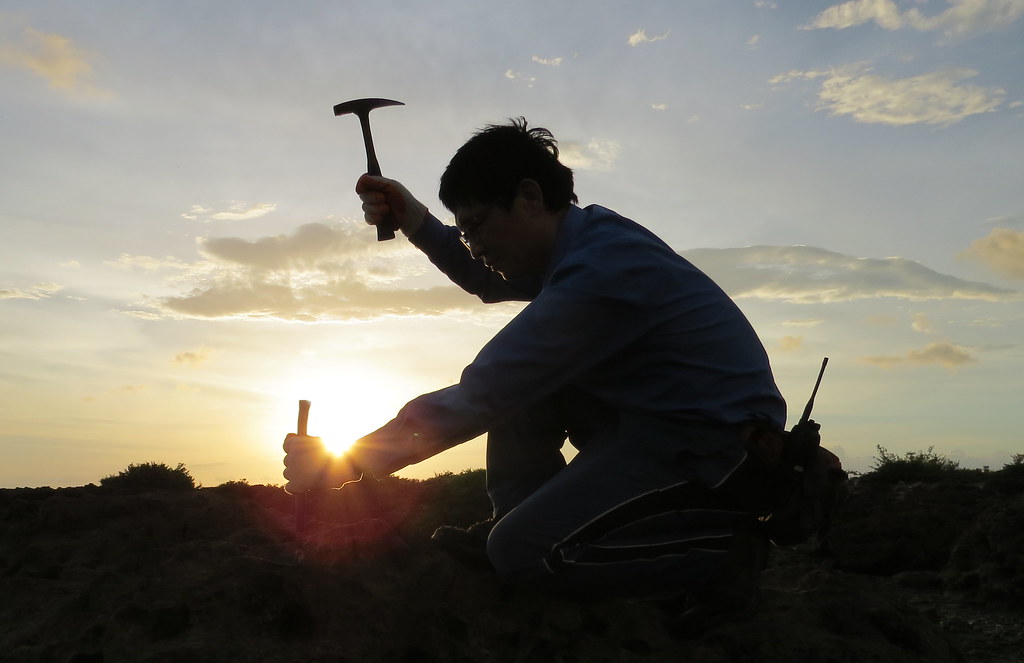
The study of Earth’s largest impact craters provides crucial insights for understanding and preparing for future asteroid threats. By analyzing the geological and biological consequences of past impacts, scientists can better predict what might happen if another large asteroid were to strike our planet. This knowledge is essential for developing strategies to either deflect dangerous asteroids or mitigate the effects of an impact.
The research also contributes to our understanding of planetary evolution throughout the solar system. The same processes that created Earth’s impact craters are actively shaping the surfaces of other planets and moons, and understanding these processes helps scientists interpret observations from space missions and plan future explorations.
Perhaps most importantly, the study of impact craters reminds us that catastrophic events have played a crucial role in shaping our planet’s history and will continue to do so in the future. These ancient scars serve as both warnings and opportunities, teaching us about the dynamic nature of our solar system and the resilience of life in the face of cosmic catastrophe.
Conclusion: Scars That Tell Earth’s Greatest Stories
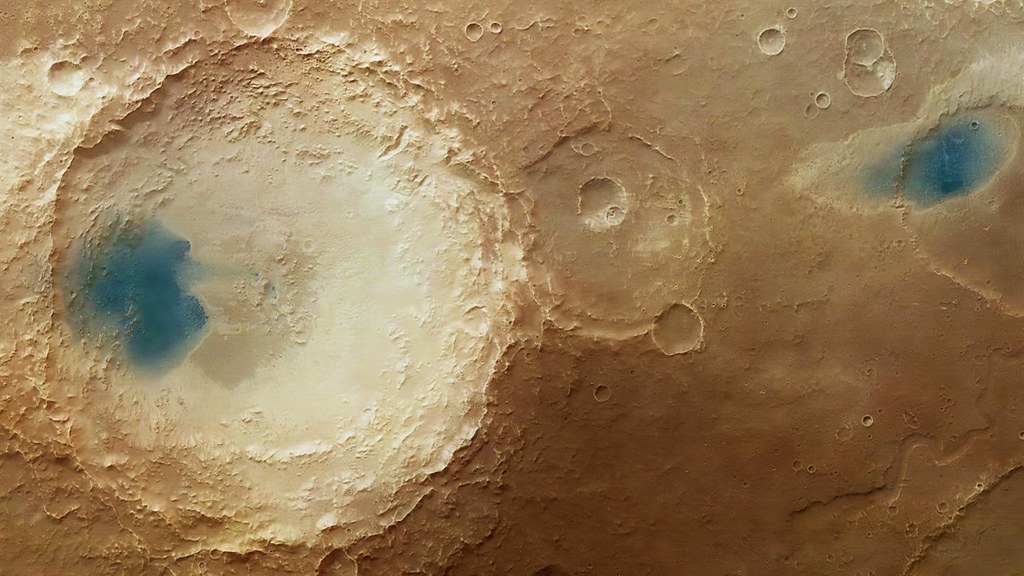
The five largest impact craters on Earth represent more than just geological curiosities – they are profound reminders of our planet’s violent past and the cosmic forces that continue to shape our world. From the ancient Vredefort structure that reveals secrets of early Earth to the relatively recent Chicxulub crater that ended the age of dinosaurs, these massive scars tell stories of catastrophe, resilience, and renewal that span billions of years.
These impact sites have given us invaluable insights into planetary processes, the history of life, and the dynamic nature of our solar system. They’ve provided economic resources, advanced our scientific understanding, and reminded us that Earth exists in a cosmic shooting gallery where impacts are not just possible but inevitable.
As we continue to explore and study these remarkable formations, we gain not only knowledge about the past but also wisdom for the future. The same forces that created these ancient craters are still at work today, and understanding them may be crucial for protecting our civilization from future cosmic threats. What secrets do you think these ancient scars might still be hiding?


